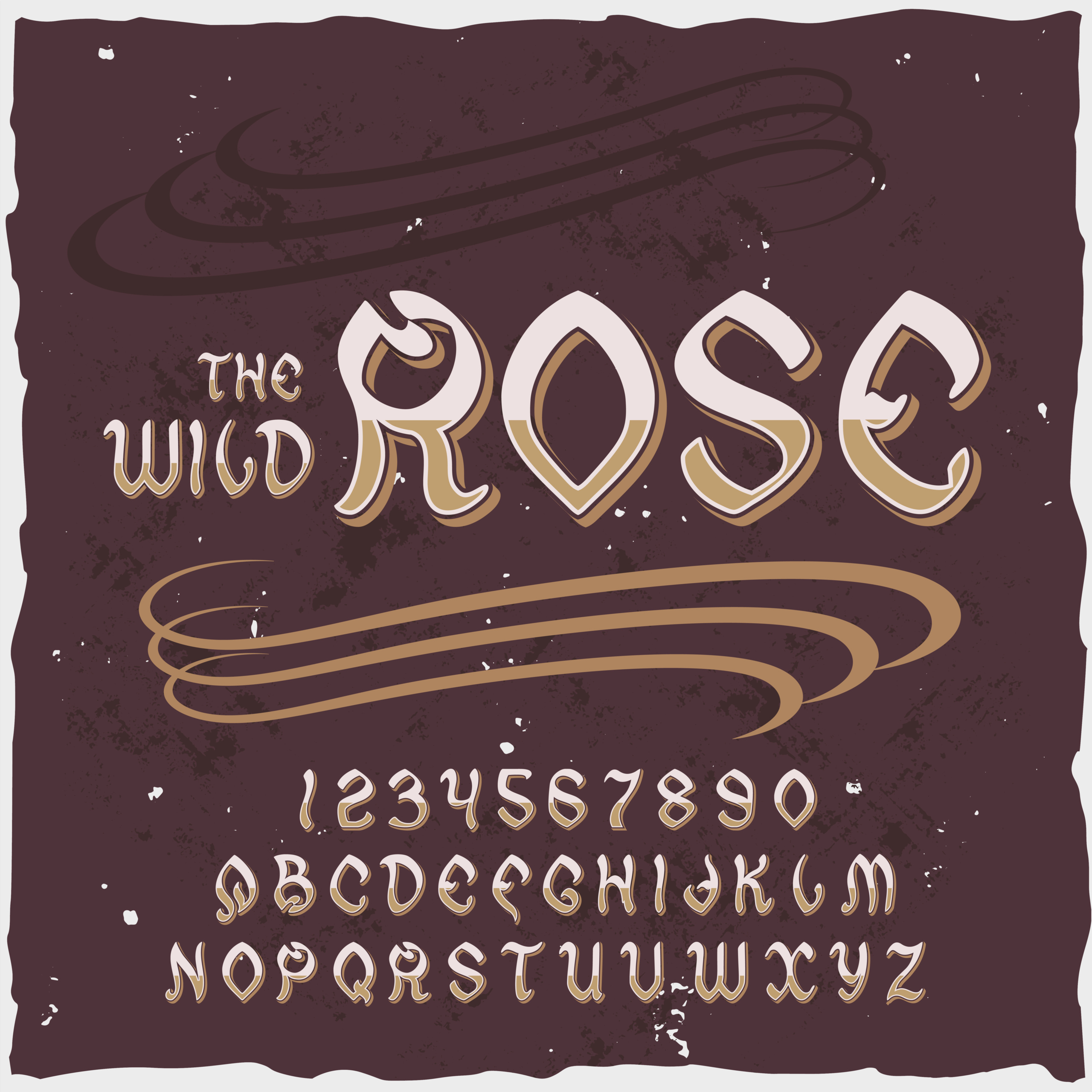Title: Cursive Alphabet: The Lost Art We Never Knew We Needed
There’s something undeniably magical about cursive writing. Maybe it’s the fluidity of the strokes, the way each letter seems to dance with the one before it, or maybe it’s just the nostalgia of the days when we all had to learn how to “properly” write our names, carefully connecting those loops and swirls as though we were all aspiring artists rather than just kids scribbling notes. But as time passes, and keyboards replace pens, the cursive alphabet is becoming a lost art, and I can’t help but wonder: Do we really know what we’re losing?
Let’s rewind a bit. Picture this: It’s the 3rd grade, you’re sitting at your desk with a fresh worksheet in front of you, and your teacher, Miss Thompson, is demonstrating how to draw the letter “a” in cursive. She presses her fingers into the air as if her hands are conducting a symphony. “See how it flows?” she says. And in that moment, you try to mimic her delicate wrist flick, hoping to make your “a” as beautiful as hers. You’ve been handed the key to a secret world, a world where each letter has a little more personality, a little more flair.
But here’s the kicker: As the years go by, you stop practicing. The world starts to embrace the simplicity of block letters, typing becomes second nature, and eventually, the beautiful loops of cursive fade into the background. Fast forward to today, and cursive has become a nostalgic concept, something you vaguely remember but don’t really use. Is cursive even relevant anymore?
Well, let me tell you this: Cursive is not just some quaint relic of the past. It’s a part of the alphabet with its own rhythm, its own heartbeat, and it’s more relevant than we might think. So, let’s dive into why this beautiful, flowing script deserves a second chance—and why learning the cursive alphabet might be one of the best things you’ll do for your brain, your creativity, and your sense of style.
Why Cursive Is More Than Just Fancy Writing
It’s easy to dismiss cursive as a “throwback” or something that “isn’t needed anymore,” but trust me, cursive writing is much more than just a way to make your signatures look elegant. There’s actual science behind why learning cursive can benefit you in ways that typing never will. For one, cursive writing improves fine motor skills. When you write in cursive, each letter flows into the next, requiring the brain and hand to work together to produce fluid, connected strokes. This kind of coordination boosts brain development and memory. So, yes—cursive can actually make you smarter.
In fact, studies show that cursive writing activates areas of the brain that are responsible for thinking, memory, and language. The act of forming the letters with your hand in a connected way makes it easier to remember words, and in some cases, people have even found that they retain information better when they write in cursive rather than print. There’s something about the act of making each letter a smooth, continuous motion that solidifies it in your mind. So, in short: writing in cursive makes you feel like you’re on a whole new level of intelligence. Who knew handwriting could be a brain workout?
But that’s not all. Cursive writing also helps improve creativity. It’s no surprise, right? When you’re forced to think outside the box (or square of block letters), your imagination runs wild. The flowing nature of cursive frees up your mind to explore new ideas and forms. Just think about it—each time you sit down to write in cursive, you’re crafting something that’s uniquely yours. The curves and flourishes you add to your letters make it your own style, your own signature. It’s an art form disguised as writing, and it’s all yours for the taking.
Cursive and the Art of Personal Expression
Speaking of signature styles, let’s talk about how cursive writing allows for personal expression. When you use cursive, you’re not just scribbling out words; you’re making them come to life. Each person’s cursive alphabet is different. Sure, there are general rules for how each letter should be formed, but there’s room for flair. That “z” could be swooping or sharp. The “t” could have a long, dramatic tail, or it could be simple and quick. Each time you write, you’re showing a piece of your personality through your handwriting.
Isn’t that kind of amazing? Think about how many people have signatures that you can instantly recognize without even seeing their full name. Cursive writing isn’t just functional—it’s an extension of who you are. In an age where everything is digital, this kind of tangible, personal expression feels like a little rebellion.
If you’ve ever spent time writing out a heartfelt letter or signing a birthday card, you’ll know the power of cursive. There’s something about writing in cursive that makes the message feel more intimate, more meaningful. It’s not just “Hey, here’s my quick note.” It’s, “Hey, I took the time to make this note my own—just for you.” A handwritten letter in cursive can feel like a little gift in itself. So yes, cursive is a way of writing, but it’s also a way of sharing your soul with someone else.
How to Master the Cursive Alphabet
Alright, I know what you’re thinking: “But I was never good at cursive. I gave up after the third grade.” Don’t worry. It’s never too late to learn, and it’s not as hard as you think. Here’s a little cheat sheet to help you get started.
- Start Slow, But Steady: The key to mastering the cursive alphabet is patience. You’re not racing against anyone. Take your time to understand how the letters flow. Start with the lowercase letters, as they are the foundation for all your cursive writing. Once you have those down, move on to the capital letters.
- Use a Cursive Alphabet Chart: Yes, you heard me right—charts exist for a reason. A cursive alphabet chart shows you the formation of each letter, step-by-step. It’s like having a map for a treasure hunt. You can find plenty of printable cursive charts online, or you can invest in a cute workbook if that’s more your style.
- Practice Makes Perfect: This is one of those things where you really get out what you put in. Set aside time each day to practice writing out the alphabet in cursive. You’ll start seeing improvement almost immediately. Don’t get discouraged if your “o” doesn’t look like the one on the chart. Keep going!
- Add Your Own Flair: Once you get the hang of the basics, start personalizing your cursive letters. Add a little flair to your “r” or “s” to make them feel more like you. That’s the beauty of cursive—it’s your handwriting, your rules.
Why You Should Bring Cursive Back
I get it—most of us are so busy typing away on our devices that we forget what it feels like to put pen to paper. But the truth is, cursive writing isn’t just for note-taking or fancy letters. It’s a form of self-expression, a mental exercise, and a way to slow down in a world that’s always speeding up.
So next time you sit down to write something—whether it’s a quick grocery list, a thank-you note, or the beginning of your novel—try using cursive. You might just rediscover a little joy in something that seems so simple. The cursive alphabet isn’t just something we “had to learn” back in school. It’s a tool that can connect us to our creativity, our history, and maybe even our better selves.
And who knows? Maybe one day, when we’re signing our names, we’ll remember that the loops and swirls of cursive were never meant to be lost—they were meant to be reclaimed.


